The things that do not occur in the natural world but have value to humans are defined as man-made resources. Some examples of resources are paper, rubber, plastic, etc. It is a fact that natural things are often used by man to create something new that will add worth to human life. Metals, wood, etc. are natural resources, but human beings use them to build roads, buildings, etc.
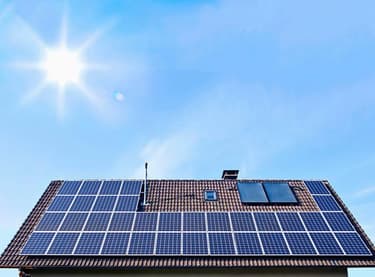
- Solar panel uses natural energy resource to generate electricity. Explain whether this is a renewable or non-renewable energy resource? Why is this considered as a green power resource?


Important Questions on Coal and Petroleum
Rama received three samples from her teacher. A piece of glass, an iron, and a piece of the plant.
Rama was instructed by the teacher to bury each sample that was supplied to him in the soil. Which sample will become fuel after 300 million years? What is this procedure known as?

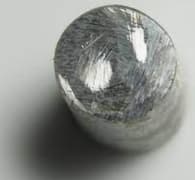
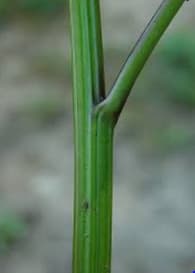
A green fuel is made of petrol which is mainly composed of methane , compacted to less than of the volume it occupies at standard atmospheric pressure. It is stored and distributed in hard containers at a pressure of , usually in cylindrical or spherical shapes. It is an odourless gas. So, odorizer such as mercaptan that smells like sulphur or rotten eggs is commonly added to natural gas supplies for safety so that leaks can be readily detected.
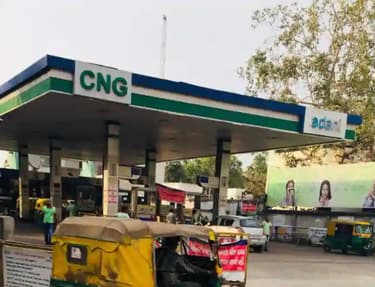
This fuel is no other than CNG. Its combustion produces fewer undesirable gases than the other used fuels like petrol or diesel.
What does CNG stands for? Give a chemical reaction for the combustion of CNG assuming its aforementioned hydrocarbon component.
The Ecology Protection Group (EPG) has organised a unique session on alternative energy in Shrishti's village. Dr. Malhotra, who is speaking on behalf of the group, begins by providing an overview of the EPG's operation. He then goes on to describe the issues with traditional fuel sources.
After this, he talks about biomass. Shrishti has never ever heard about biomass. Dr Malhotra tells that biomass is a fuel that is developed from organic material i.e. the material which is living or was recently living. He further explains how biomass can redefine our dependence on conventional fuel sources and how the usage of biomass can lead to development of multiple products—fuels, power, and chemicals in the "biorefinery". Shrishti remembers reading about something similar to "biorefinery" in chapter 5 of her science textbook. What is Shrishti referring to? Besides petrol, list three items which we get by refining petroleum. How can biomass help us in maintaining a clean and healthy environment?
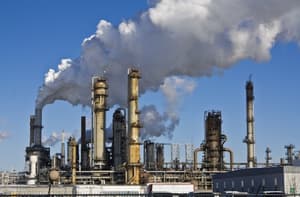
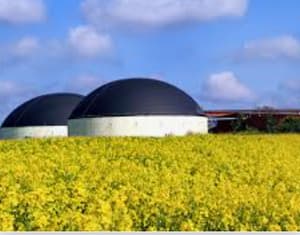
Salma is studying in eighth grade. Her teacher taught her about coal and petroleum in the classroom. From now onwards, she decided to always switch off electrical appliances such as lights, fans, air conditioners, heaters, etc. when not in use. When asked why?, she says it saves coal and petroleum and helps the environment. Do you agree? Explain. We know coal and petroleum are useful fuels. What do you think we will use for fuel, when petroleum runs out?
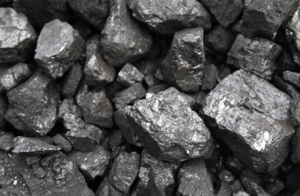

The teacher was explaining a science topic. Then she asked students to solve one question:

She gave a description as follows:
A black-coloured substance ‘X’ is hard and porous. It is a sedimentary deposit composed predominantly of carbon that is readily combustible. It is black or brownish-black and has a composition that (including inherent moisture) consists of more than by weight and more than by volume of carbonaceous material.
When it is burnt in the presence of air, it produces a gas ‘Y’ which turns lime water milky. Name ‘X’ and ‘Y’ and write the equations involved.
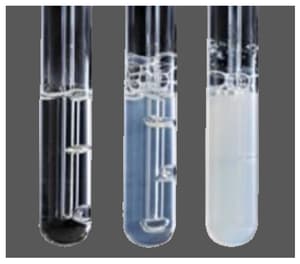
Petroleum, also known as crude oil or simply oil, is a yellowish-black liquid mixture of primarily hydrocarbons that occurs naturally in geological formations. Petroleum is a type of fossil fuel. Petroleum, like coal and natural gas, was formed from the remains of ancient marine organisms like plants, algae, and bacteria. Petroleum products are used to power vehicles, heat buildings, and generate electricity. The petrochemical industry in the industrial sector uses petroleum as a raw material to make products such as plastics, polyurethane, solvents, and hundreds of other intermediate and end-user goods.
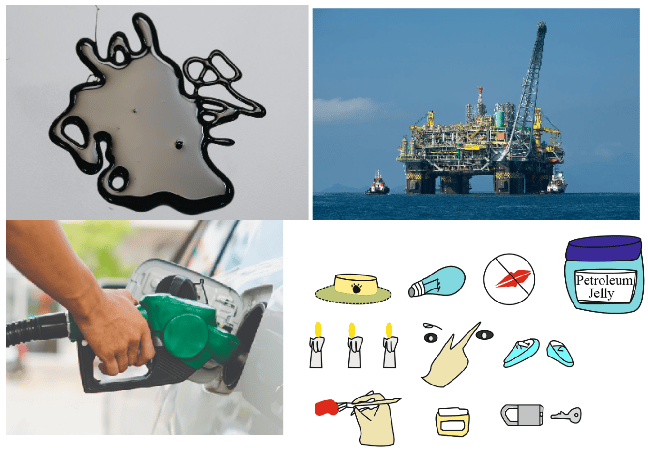
Is it possible to extract petroleum from under the sea bed?
Coal, natural gas, oil, and nuclear energy are examples of non-renewable energy resources. Once these resources are depleted, they cannot be replenished, which is a major issue for humanity because we rely on them to meet the majority of our energy needs. Another issue is that most forms of energy can pollute the environment. We must therefore use energy very wisely.

Answer the following question based on your understanding:
What are the advantages of using energy judiciously?
Coal and petroleum are formed as a result of the degradation of ancient plant life which lived millions of years ago. Coal can be used for cooking food and the generation of thermal electricity. But why is it not advisable to sleep in a closed room with a burning coal in the fireplace during winter?

